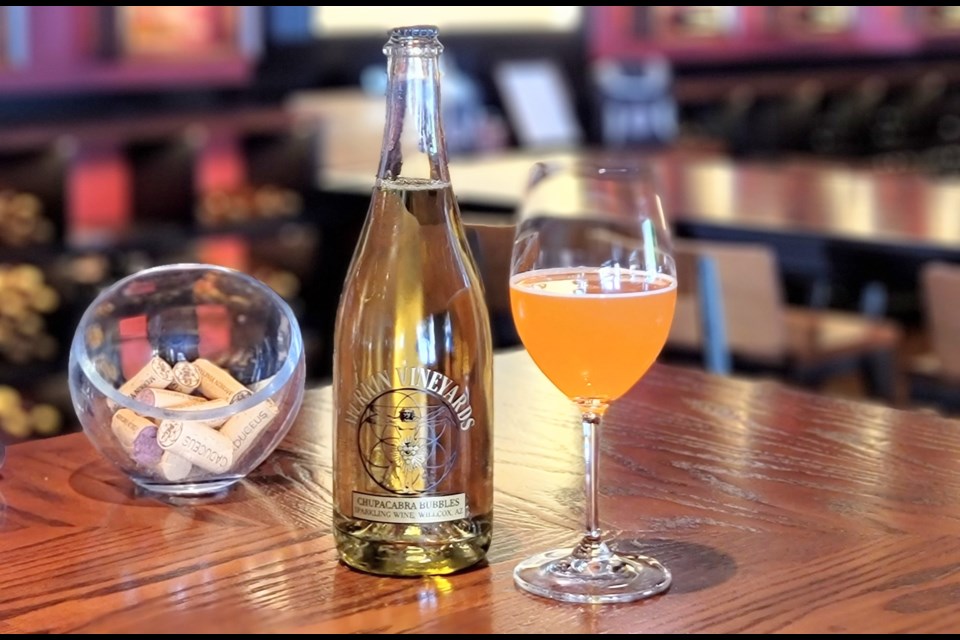Nothing says it’s time to celebrate quite like popping a bottle of bubbly. Choosing the right sparkling wine for a holiday gathering can seem daunting, but it doesn’t need to be.
The best advice I can give you is to make friends with your local shop and ask them for pointers. Nobody knows their selection better than those who work with it daily. But if you’re like me then you want to at least know the basics before you decide on which sparkling wine to bring to the occasion. So here are the highlights and how I break things down when I’m faced with a wall of choices at my local wine store.
Champagne, the reigning king of bubbles. These wines are only able to be labeled as true Champagne if they come from the specific region in France under strict production guidelines. The grape varieties are limited to the juice from Chardonnay, Pinot Noir and Pinot Munier. The French are the heirs to most modern wine processes and sparkling wine was the first true wine industry in the world dating back to the 17th century. Very specific on the time-honored process and traditions, these wines will most likely be the most expensive option in your selection. Typically known for apple and pear aromas with a brioche bread like flavor. If you want to make a statement and your budget is less a factor, Champagne is there for you.
Cava, the Spanish variation on the traditional method of sparkling wines. The term originated in Cataluña and translates to “cellar,” which hints at the technique that mirrors the founding fathers in France. The Spanish native grape varietals Macabeo, Parellada and Xarello have been given the designation of quality for these wines. Cava provides great value and drinks like a much more expensive bottle. Expect primary flavors of quince, lime, apple, chamomile and almond. If you don’t want to waver on quality and are willing to step out of the box, Cava might be the right choice for you.
Prosecco, Italy’s most well-known sparkling wine. These wines are a newer addition to one of the Old World’s wine powerhouses. These free spirited and fun wines hail from northeast Italy’s grape variety Glera and most skip the traditional methods in favor of larger format production. This translates to a more inexpensive and easier to drink option. For those that have been put off by the dry and yeasty profiles of France and Spain, Prosecco heads the other way. Common practice leaves a touch of residual sugar behind and makes it a perfect food wine and excellent match for anything with flair for the spicy side. Green apple, honeydew, pear and even cream are some of the more common flavors. If you don’t want to break the bank but still want to have fun, Prosecco could be your bubble.
Sparkling wine, like the name suggests, this is the proper term for any wine with bubbles. This category has the largest variation as it literally covers everything with carbonation. While quality can be hit or miss with the cheaper selections, there are always exceptions and hidden gems to be found. This is where my local wine shop shines and has never failed to recommend some of my favorite bubbles. Sparkling wines of all types work well with saltier foods and lots of complex flavors that holiday meals provide. If you want just one wine and no fuss for your entire celebration and meal, sparkling wine may be a perfect match.
Picking a bubbly is not an easy feat but by learning more about the different types of sparkling wine you’re already on your way to becoming an expert. While the region the grapes originate from, the flavor profile and sweetness level may differ between sparkling wines, there’s a bubbly for you.
Jim Cunningham is general manager at Merkin Vineyards. For more information, visit merkinvineyards.org.



